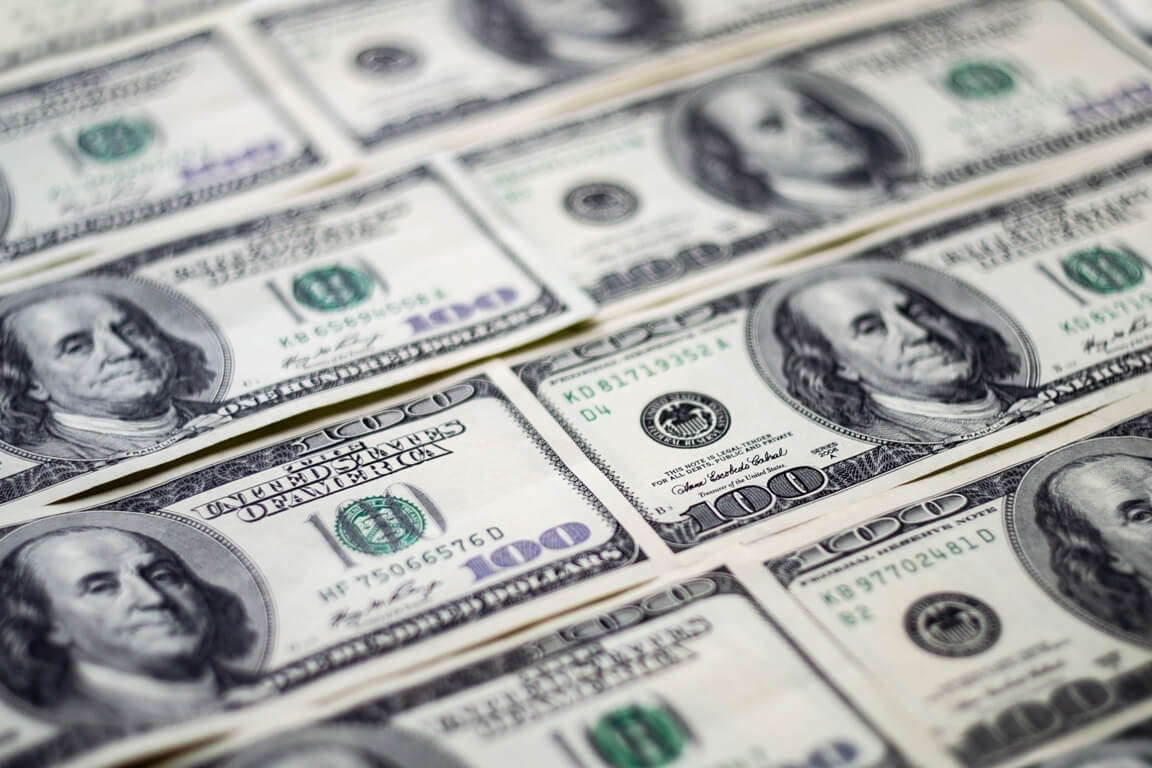
The US dollar was steady on Monday. What about the other currencies?
Forex markets were muted on Monday due to the Labor Day holiday. However, the US dollar remained firm against the other major currencies. It soared to 102.00 earlier in this session. Investors have been waiting for the ISM Manufacturing PMI report for the last month. It will come out soon and will likely influence the greenback’s price.
The Core Personal Consumption Expenditures data showed on Friday that in the United States, PCE’s Price Index plummeted from 4.7% in April 2022 to 4.6% in March 2023 yearly. The Federal Reserve usually uses this data to gauge the inflation in the country. Furthermore, the US Bureau of Labor Statistics delivered a new report showing that the Employment Cost Index surged forward by 1.2% in the first quarter of 2023. It’s a bit higher compared to the 1% raise in the previous quarter.
In the United States, stock index futures also traded in the green. However, the gains were modest today. The benchmark 10-year US Treasury bond yield remains below 3.5% even though it rebounded slightly after tumbling down on Friday.
Over this weekend, the reports said that approximately a dozen banks submitted bids for the First Republic Bank. JPMorgan Chase & Co, Citizens Financial Group Inc, and PNC Financial Services Group were among them. American regulators are currently trying to finalize the sale.
How are the euro and sterling faring today?
The euro traded in the red on Monday, with the EUR/USD pair remaining under pressure. It exchanged hands near 1.1000 in European trading. Meanwhile, the British pound struggled to maintain the high level at the beginning of the week. The sterling surged forward on Friday, hitting its highest peak since June 2022. The GBP/USD pair ended last week exchanging hands at 1.2585. However, on Monday, the sterling remained in bearish territory, trading below 1.2550.
In Asia, the Australian dollar rallied on Monday. The AUD/USD pair jumped to 0.6650 earlier in this session. Investors are waiting for the Reserve Bank of Australia to announce its policy course on Tuesday.
On the other hand, the Japanese yen plunged today after trading in the red on Friday. The Bank of Japan maintains its dovish course, causing the yen’s collapse. Consequently, the USD/JPY rallied again on Monday at 136.80, hitting its highest peak since early March.
Traders expected a policy shift from the Bank of Japan this week, but now the bets show that most of them have changed their minds. New governor Kazuo Ueda had stated that he agreed with the central bank’s policy even before he took the post. In addition, policymakers reiterated that the BOJ planned to maintain its ultra-easy policy over the last months, but investors remained suspicious. They speculated that Ueda would start tightening, especially after the central bank adjusted its yield targets late in 2022.
Despite that, the BOJ stands firm thus far. The new head of the central bank has given no clues that a change is imminent. But such a situation weighs on the Japanese currency heavily. The yen continues trading in the bearish territory.




